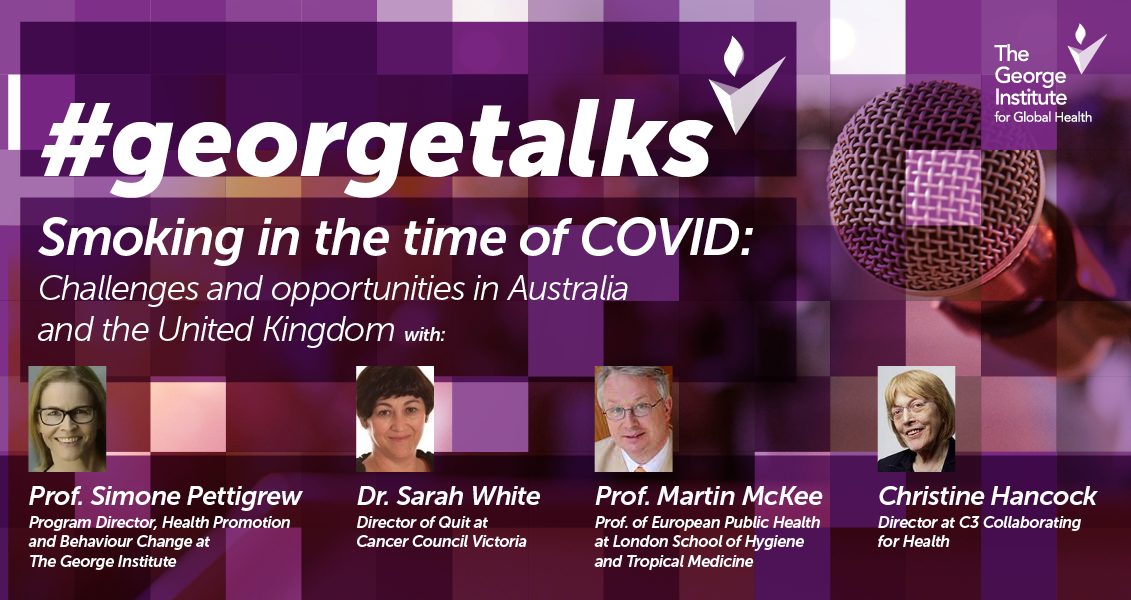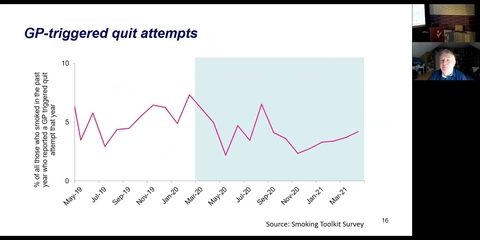New research shows men, regardless of age, are up to two times more likely to crash, and yet women are more likely to be hospitalised because of an injury sustained in a crash. Men also reported engaging in more risky driving behaviours, such as speeding, compared to women who are generally known to speed less.
Globally, every 24 seconds a person is killed in a road crash, equating to more than 1.3 million people each year, and one in three deaths on the roads in high-income countries is due to speed. Among young people, transport injury is a leading cause of death and disability. Young male drivers are known to be at increased risk of crash compared to young women and older drivers; however, there is limited insight into these differences as men and women get older and gain more driving experience.
Researchers from UNSW School of Population Health and The George Institute for Global Health examined sex differences in the type of crash and crash-related injury in 20,000 young drivers in New South Wales, Australia, for up to 13 years after they first attained their driver licence. According to lead researcher Dr Patricia Cullen from The George Institute and UNSW School of Population Health, the findings show that the established sex differences in risk of crash among young drivers does not diminish with age and experience.
“The differences we found in men’s and women’s risk of crash and crash-related injury, including the need for hospitalisation, signal the need for better understanding of how sex and/or gender may shape crash and injury risk across a person’s life,” she said.
“The sex and/or gendered dimensions of people’s experiences are important, yet our research highlights substantial gaps to date in the understanding of sex and gendered dimensions of road crash and crash-related injury, which are essential to identifying and implementing appropriate interventions to reduce this risk,” said Dr Cullen.
Sex differences in behavioural tendencies, such as risky driving behaviours, could be a reason for the differences, however the relationship between a person’s sex and/or gender and crash risk is complex. How men’s and women’s driving patterns contribute to these findings need to be considered, for example, differences in distances travelled or types of vehicles used may contribute. The higher rates of hospitalisations among women raises questions about biases in the care system as well as how car design and safety testing accounts for physical differences in bodies in terms of biological sex differences but also age and weight.
Senior author Professor Rebecca Ivers, Head of UNSW School of Population Health, says there is a need for greater diversity and measures of diversity in road safety data, better reporting of sex and gender, and more representation from low- and middle-income countries that bear a disproportionate burden of crash-related death and injury.
“Because current data is generally limited to binary notions of sex, there is a critical need for more nuanced research that investigates the gendered dimensions of mobility, transport and safety,” she said.
The publication of the research coincides with the 6th UN Global Road Safety Week, calling for 30 km (20 mph) low-speed streets where people work, live and play.
“The evidence is clear – low-speed streets save lives. We now need governments around the world to act with the policies and infrastructure that can create safe and equitable local environments, with better amenities for thriving cities,” said Professor Ivers.
The research was published in SMM Population Health and adds to recent research by researchers from UNSW School of Population Health and The George Institute, showing that young drivers from poor areas are up to four times more likely to be in a car crash; and that these social inequalities had a greater impact on women compared to men.






















